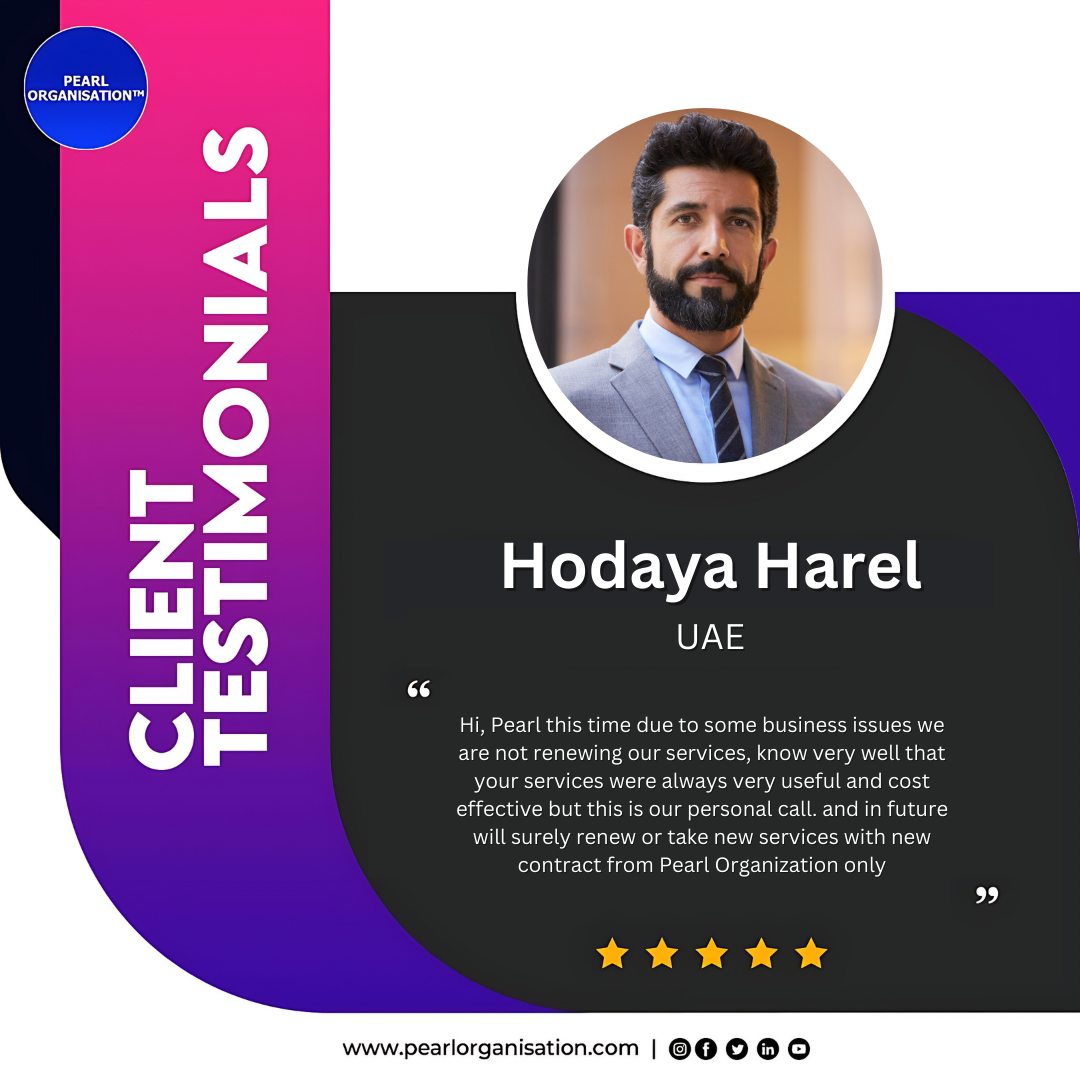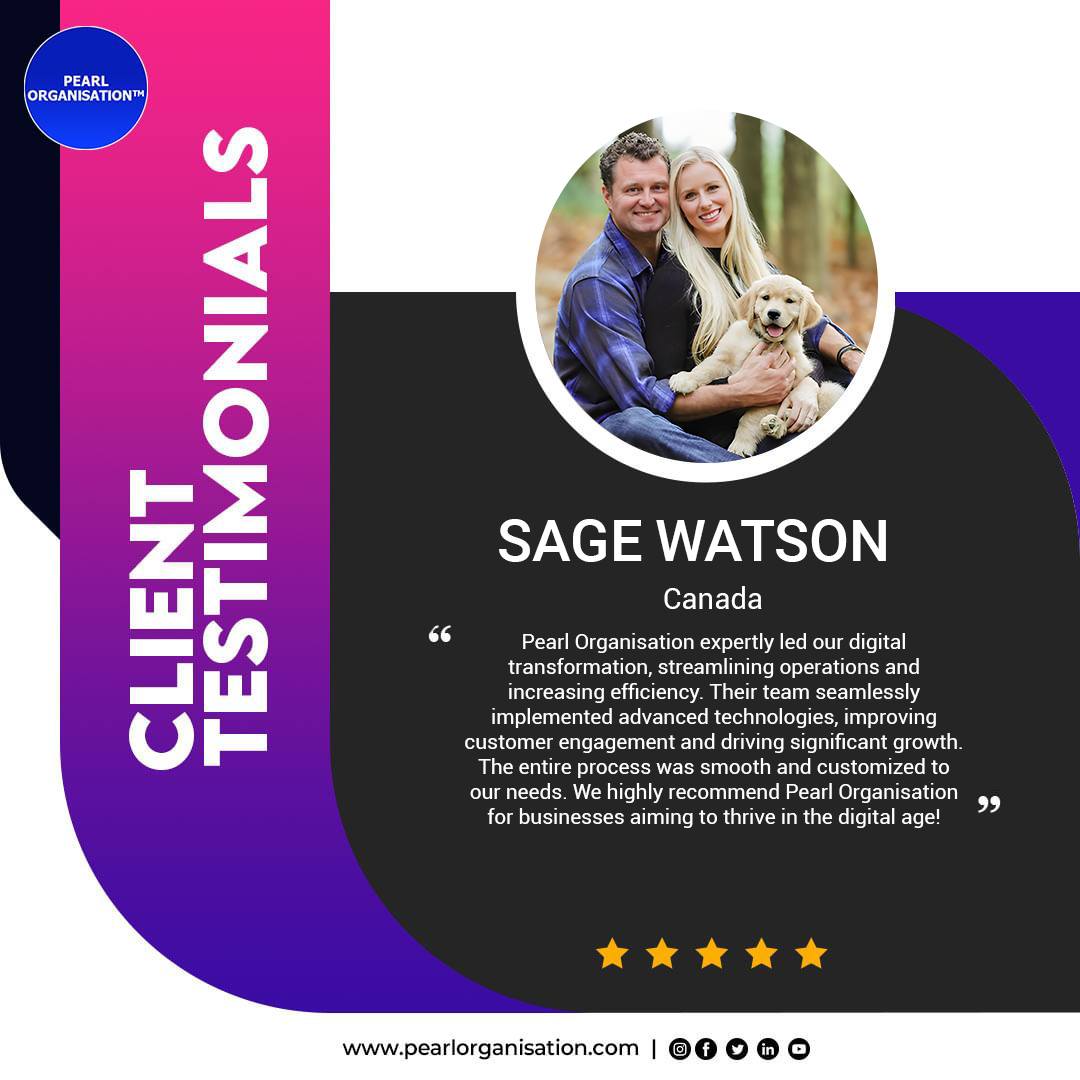Cybersecurity for SMEs: Protecting Data Without Huge Costs
- Larrisa
- Sep 25
- 7 min read

Introduction: The Rising Cybersecurity Threat for SMEs
Cybersecurity is no longer just a concern for Fortune 500 companies. In fact, 43% of cyberattacks target small and medium-sized enterprises (SMEs), yet only 14% of SMEs are prepared to defend themselves (Verizon Data Breach Report).
Why? Because hackers know SMEs often lack:
Dedicated IT security teams.
Advanced infrastructure.
Robust data protection policies.
The misconception is that cybersecurity requires massive budgets. The reality? With the right strategies, SMEs can achieve enterprise-grade protection at a fraction of the cost.
At Pearl Organisation, we’ve helped SMEs in 150+ countries safeguard their businesses without overburdening budgets. In this article, we’ll show you why cybersecurity matters for SMEs, the threats you face, and affordable strategies to protect your data.
1. Why SMEs Are Prime Targets for Cyberattacks
Cybercriminals increasingly see SMEs as “low-hanging fruit.” Here’s why:
Weaker Defenses: Most SMEs run outdated antivirus or free firewalls.
Valuable Data: SMEs store customer records, financial data, and trade secrets.
Limited Awareness: Employees may not be trained to spot phishing scams.
Supply Chain Exploits: Hackers target SMEs to access larger enterprises.
📊 Stat Check: The average cost of a data breach for SMEs is $120,000, enough to cripple many small businesses (Kaspersky Global Report).
👉 Without proper cybersecurity, one attack can end an SME’s future.
2. Common Cybersecurity Threats for SMEs
2.1 Phishing Attacks
Fake emails trick employees into revealing passwords or financial details.
90% of data breaches start with phishing (Cisco Report).
2.2 Ransomware
Hackers encrypt your files and demand ransom for access.
Global ransomware damages exceeded $20 billion in 2023.
2.3 Insider Threats
Disgruntled employees or careless staff mishandle data.
34% of cyber incidents are insider-related (Ponemon Institute).
2.4 Weak Passwords
“123456” is still among the most common passwords.
80% of breaches involve weak or stolen credentials.
2.5 Unpatched Systems
Outdated software leaves “open doors” for hackers.
60% of breaches could have been prevented with timely patching.
👉 Awareness is the first step toward prevention.
3. The Myth: Cybersecurity is Too Expensive for SMEs
Many SMEs believe cybersecurity = massive spending on firewalls, SOC centers, and in-house experts. That’s a myth.
Affordable options exist:
Cloud-based security solutions scale with business size.
Managed security services eliminate the need for full in-house teams.
Automation and AI reduce costs of monitoring threats.
📊 According to IBM, companies with automated security systems save $3.58 million per breach compared to those without.
4. Affordable Cybersecurity Strategies for SMEs
Here’s how SMEs can protect data without huge costs:
4.1 Employee Awareness Training
Regular sessions on phishing, password hygiene, and safe browsing.
Low-cost eLearning platforms or managed training modules.
4.2 Strong Password Policies & MFA
Enforce strong, unique passwords.
Implement Multi-Factor Authentication (MFA) for critical systems.
Cost: Minimal, but prevents 80% of attacks.
4.3 Cloud Security Solutions
Use secure cloud providers with built-in encryption and monitoring.
Cloud-based firewalls and VPNs are affordable alternatives to hardware.
4.4 Regular Software Updates
Enable auto-updates for OS, applications, and antivirus.
Patch management tools are cost-effective.
4.5 Data Backup & Recovery
Schedule automatic backups to secure cloud storage.
Ensure recovery plans are tested quarterly.
4.6 Endpoint Protection
Lightweight, cloud-managed antivirus for laptops and mobile devices.
Affordable subscription-based models.
4.7 Managed Security Services (MSS)
Outsourcing to providers like Pearl Organisation ensures 24/7 monitoring without hiring in-house teams.
Flexible pricing models scale with SME budgets.
5. Case Study: SME Cybersecurity in Action
📌 Scenario: A retail SME faced repeated ransomware threats. IT budget: limited.
Pearl Organisation’s Approach:
Deployed MFA for all employees.
Implemented automated daily cloud backups.
Conducted staff training workshops.
Introduced affordable managed threat monitoring.
Results:
Blocked 3 phishing attacks within 2 months.
No data loss despite attempted ransomware injection.
Security costs reduced by 40% compared to in-house solutions.
👉 Proof that strong cybersecurity ≠ huge costs.
6. Business Benefits of Affordable Cybersecurity
Adopting low-cost cybersecurity delivers measurable value:
✅ Reduced Downtime: Automated backups ensure business continuity.
✅ Customer Trust: Clients feel safer sharing data.
✅ Regulatory Compliance: GDPR/ISO compliance avoids fines.
✅ Competitive Advantage: SMEs with cybersecurity win more contracts.
📊 A Deloitte survey found 57% of SMEs lost contracts due to poor cybersecurity standards.
7. The Future of SME Cybersecurity
Cyber threats are evolving, but so are cost-effective defenses:
AI-Driven Security: Detects threats before they happen.
Zero-Trust Frameworks: Verify every access request.
Cyber Insurance: Growing trend for SMEs to cover breach costs.
Cloud-Native Security: Affordable, scalable, and always updated.
👉 With Pearl Organisation’s cybersecurity services, SMEs can future-proof their defenses.
8. Why Choose Pearl Organisation for SME Cybersecurity
Unlike expensive enterprise vendors, Pearl Organisation offers tailored, cost-efficient cybersecurity solutions for SMEs:
🌍 Serving clients in 150+ countries.
🔒 Enterprise-grade protection scaled to SME budgets.
📈 Proven record: 18,000+ projects delivered.
🛡️ 24/7 monitoring and managed security services.
✅ Compliance-ready frameworks (GDPR, HIPAA, ISO27001).
We don’t just protect data — we protect your growth.
Conclusion: Cybersecurity is a Necessity, Not a Luxury
Cybercriminals don’t care about the size of your business. Whether you’re a startup or a growing SME, one breach can cost you everything.
But protecting your business doesn’t require a Fortune 500 budget. With the right strategies — and the right partner — you can achieve enterprise-level security at SME-friendly costs.
🚀 Don’t wait until an attack happens.
👉 Explore Pearl Organisation’s Cybersecurity Consulting Services and protect your business with affordable, future-ready security today.
FAQs:
1. Why is cybersecurity important for SMEs?
Cybersecurity is critical for SMEs because 43% of cyberattacks target small and medium-sized businesses, but only 14% are prepared to defend themselves (Verizon DBIR). SMEs often hold customer data, financial information, and intellectual property — making them valuable targets. Without protection, one breach can cause loss of trust, regulatory fines, and even bankruptcy.
👉 Pearl Organisation helps SMEs secure critical data with affordable, scalable security frameworks.
2. What are the biggest cybersecurity threats for SMEs?
The most common threats include:
Phishing Attacks – 90% of breaches start with phishing (Cisco).
Ransomware – Global damages exceeded $20 billion in 2023.
Weak Passwords – 80% of breaches involve weak or stolen credentials.
Insider Threats – 34% of breaches come from employees.
Unpatched Software – 60% of breaches happen due to missed updates.
👉 SMEs need proactive defense because hackers see them as “easy entry points” into bigger ecosystems.
3. Is cybersecurity too expensive for SMEs?
Not at all. This is one of the biggest myths. Affordable solutions exist:
Cloud-based firewalls and VPNs.
Subscription-based antivirus and endpoint protection.
Managed security services (MSS).
Employee training modules.
📊 IBM reports that companies with automated, affordable security save $3.58M per breach compared to those without.
4. How much should an SME spend on cybersecurity?
Industry experts recommend SMEs allocate 5–10% of their IT budget to cybersecurity. For small firms, this may translate to just a few hundred dollars per month for critical protections like MFA, antivirus, and cloud backups.
👉 Pearl Organisation offers flexible packages so SMEs can strengthen cybersecurity without breaking budgets.
5. Can free antivirus protect my SME?
No. Free antivirus provides basic protection but is insufficient against advanced threats like ransomware, phishing, and insider attacks. SMEs need:
Multi-Factor Authentication (MFA).
Endpoint protection.
Firewalls.
Backup & recovery solutions.
📊 60% of SMEs that rely solely on free tools shut down within 6 months of a breach (CNBC).
6. How can SMEs train employees affordably?
Human error is the #1 cause of breaches. SMEs can reduce risks by:
Conducting phishing simulation exercises.
Offering low-cost eLearning modules.
Creating clear password and device policies.
👉 Pearl Organisation provides custom training workshops designed for SMEs, ensuring employees become the first line of defense.
7. What is the most cost-effective way to secure SME data?
Enable MFA on all critical accounts.
Encrypt sensitive data.
Schedule automated backups to the cloud.
Regularly update software and systems.
Outsource to Managed Security Services instead of hiring expensive in-house teams.
📊 SMEs with MSSPs save up to 40% compared to in-house security operations (Gartner).
8. How does ransomware affect SMEs?
Ransomware locks your files until you pay hackers.
71% of SMEs attacked by ransomware had to pay.
Average ransom demand = $200,000+.
Only 65% of data is restored even after payment (Sophos).
👉 Pearl Organisation deploys backup-first strategies so SMEs recover quickly without paying ransom.
9. Do SMEs really face compliance risks?
Yes. Regulations like GDPR, HIPAA, and PCI-DSS apply even to small businesses if they handle sensitive data. Fines can reach €20M or 4% of annual turnover under GDPR.
👉 With Pearl Organisation’s compliance-ready frameworks, SMEs avoid penalties while protecting data.
10. How can SMEs protect remote employees affordably?
Remote work expands the attack surface. SMEs can secure remote teams by:
Using VPNs.
Deploying cloud-managed endpoint security.
Training employees on phishing.
Applying device management tools.
📊 67% of SMEs reported cyber incidents caused by unsecured remote work in 2022 (Barracuda Networks).
11. Are SMEs at risk from supply chain attacks?
Yes. Hackers often target SMEs to infiltrate larger corporations through supply chain vulnerabilities. Example: A small supplier breach enabled attackers to compromise a Fortune 500 retailer.
👉 Strengthening SME cybersecurity protects both your business and your enterprise partners.
12. What are the benefits of outsourcing SME cybersecurity?
Lower costs vs. in-house teams.
24/7 monitoring and incident response.
Access to enterprise-grade tools.
Scalability with business growth.
👉 Pearl Organisation’s Managed Security Services (MSS) are tailored to SMEs — big protection, small price.
13. Can cyber insurance help SMEs?
Yes, but only if security basics are in place. Insurance covers costs of breaches, but insurers require evidence of protections (MFA, backups, policies).
📊 By 2025, 60% of SMEs will combine insurance + cybersecurity packages to stay resilient (Allianz Report).
14. How quickly can SMEs recover from a cyberattack?
Recovery depends on preparedness:
Without backups: weeks or permanent data loss.
With automated cloud backups: hours to days.
With managed cybersecurity: near-instant response and containment.
👉 Pearl Organisation ensures SMEs have business continuity plans to minimize downtime.
15. Why choose Pearl Organisation for SME cybersecurity?
Because Pearl Organisation understands SME challenges:
🌍 Serving 150+ countries since 2017.
📈 18,000+ successful IT and security projects.
🔒 Enterprise-grade protection at SME budgets.
🛡️ 24/7 managed defense, threat monitoring, and compliance support.
✅ Proven 96% client success rate.
👉 With Pearl Organisation, SMEs don’t just protect data — we protect growth, reputation, and long-term survival.

































